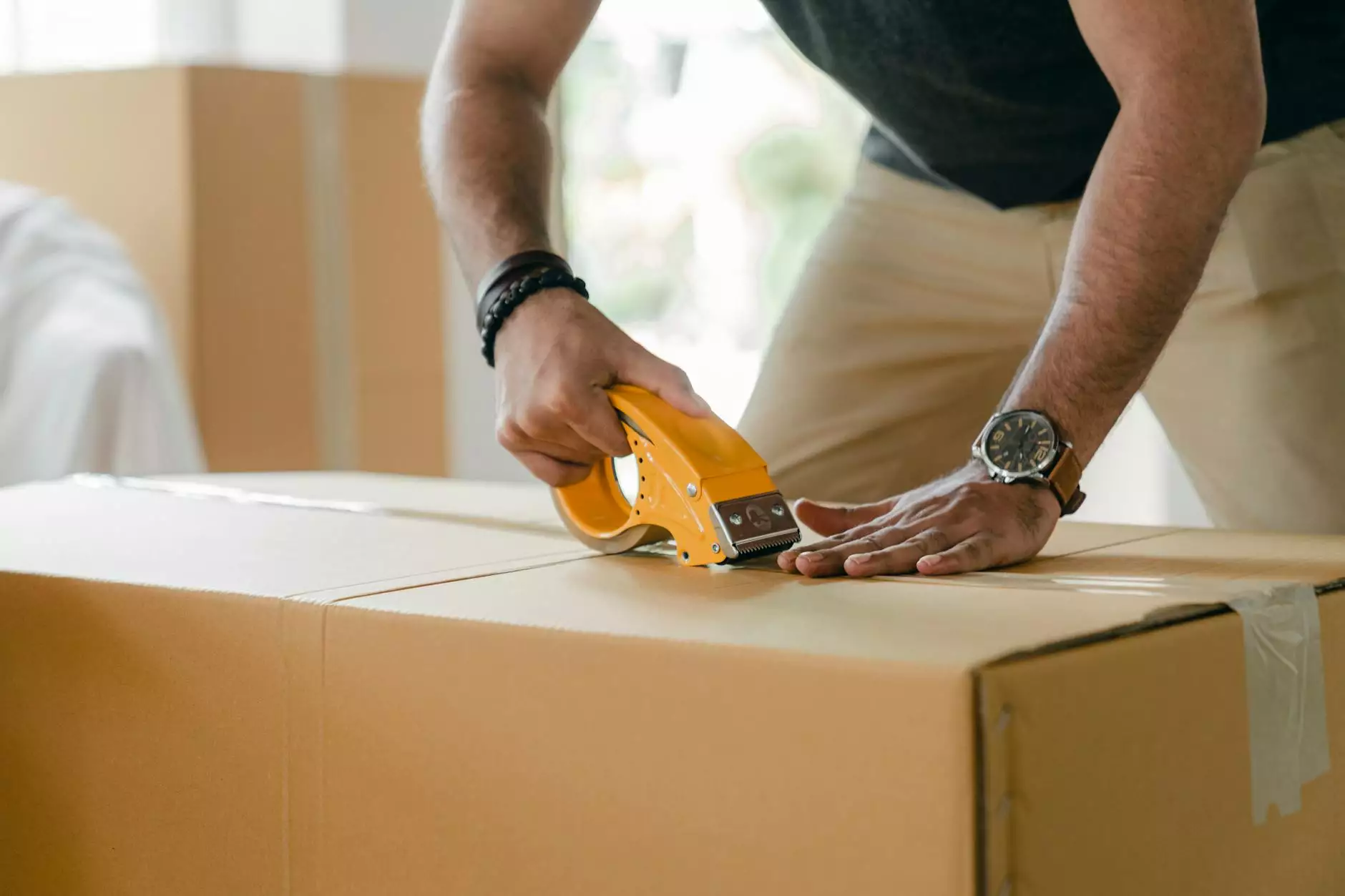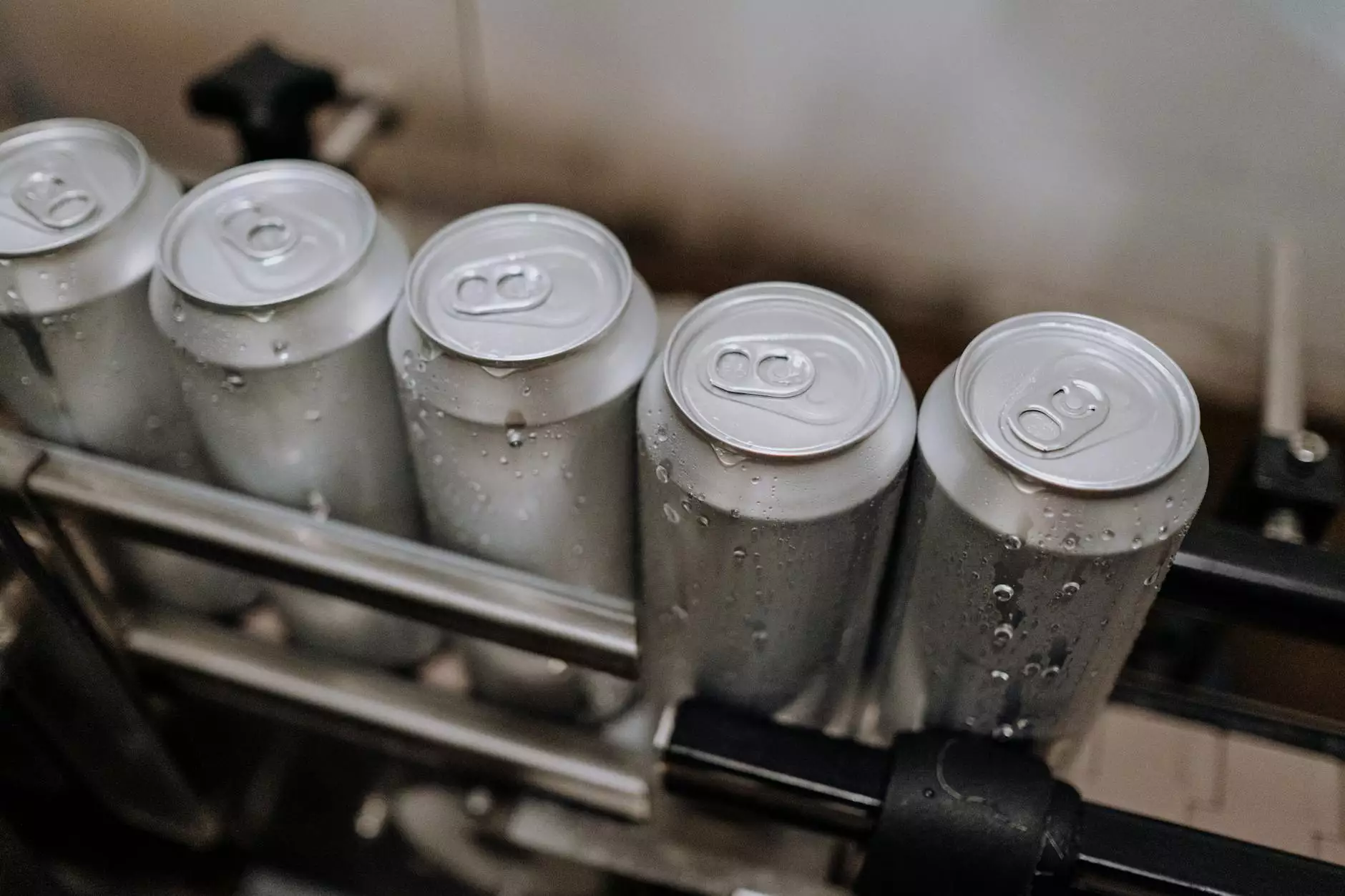Sealing Granite Countertops: Don't Ruin Your New ...
Countertops
Introduction to Sealing Granite Countertops
When it comes to upgrading your kitchen or bathroom, granite countertops are an excellent choice. Not only do they add a touch of elegance and sophistication to your space, but they are also known for their durability and resistance to heat and scratches. However, to ensure their longevity, it is crucial to properly seal your granite countertops. In this comprehensive guide, GraniteCO, the leading expert in the Home and Garden - Home Improvement and Maintenance category, will walk you through the proper sealing techniques to protect your investment for years to come.
The Importance of Sealing Granite Countertops
Granite is a natural stone that is porous in nature, which means it has tiny pores that can absorb liquids and stains if left unsealed. This is why sealing your granite countertops is essential. By applying a high-quality sealant, you create a protective barrier on the surface, preventing any spills or moisture from penetrating the stone. This not only helps to prevent stains but also keeps your countertops looking pristine for longer periods.
Choosing the Right Sealant
When it comes to sealing granite countertops, the type of sealant you use plays a critical role in the effectiveness and durability of the sealing. It is recommended to opt for a penetrating sealant that is specifically designed for natural stone surfaces. These sealants are absorbed into the stone, filling up the pores and forming a protective layer from within. Look for a sealant that is non-toxic, food-safe, and offers long-lasting protection against stains and moisture.
Steps to Properly Seal Your Granite Countertops
Now that you understand the importance of sealing your granite countertops and have chosen the right sealant, let's dive into the step-by-step process to ensure you seal your countertops properly:
Step 1: Clean and Prepare the Countertop Surface
Before applying the sealant, it is crucial to thoroughly clean and prepare the countertop surface. Use a gentle stone cleaner and a non-abrasive sponge or cloth to remove any dirt, grime, or residue. Ensure the surface is dry before moving on to the next step.
Step 2: Apply the Sealant
Using a clean and dry cloth or applicator, apply the sealant evenly to the surface of the granite countertop. Ensure you cover the entire surface, including the edges, in a thin and consistent layer. Avoid using excessive sealant as it can lead to a hazy or streaky appearance.
Step 3: Allow the Sealant to Absorb
After applying the sealant, allow it to absorb into the granite for the recommended time mentioned on the product instructions. This usually ranges from 10 minutes to an hour, depending on the type and brand of sealant you are using. Avoid using the countertop during this time to allow the sealant to work effectively.
Step 4: Wipe off Excess Sealant
Once the recommended time has passed, use a clean, dry cloth to wipe off any excess sealant from the surface. Ensure you remove any residue or streaks to achieve a smooth and even finish.
Maintaining the Sealed Granite Countertops
Sealing your granite countertops is not a one-time process. To ensure long-lasting protection and maintain the beauty of your countertops, you must follow some maintenance tips:
1. Clean Regularly
Use a pH-neutral stone cleaner to clean your sealed granite countertops regularly. Avoid acidic or abrasive cleaners, as they can degrade the sealant and cause damage to the stone surface.
2. Prevent Spills and Stains
While sealing provides protection, it's still important to prevent spills and stains as much as possible. Wipe up any spills immediately and use coasters or mats under glasses and bottles to avoid direct contact with the surface.
3. Avoid Using Harsh Chemicals
Harsh chemicals, such as bleach or ammonia-based cleaners, should be avoided on sealed granite countertops. These chemicals can break down the sealant and cause discoloration or damage to the stone.
4. Reapply the Sealant
Over time, the sealant on your granite countertops may wear off. To maintain optimal protection, reapply the sealant as recommended by the manufacturer. This usually occurs every 1-3 years, depending on the usage and exposure to moisture.
Conclusion
By following the proper sealing techniques and regular maintenance, you can keep your new granite countertops looking pristine for years to come. Sealing your countertops not only protects them from stains and moisture but also enhances their natural beauty. Trust GraniteCO, the expert in home improvement and maintenance in the Home and Garden - Home Improvement and Maintenance category, to provide you with the best tips and advice to help you make the most out of your granite countertops.










